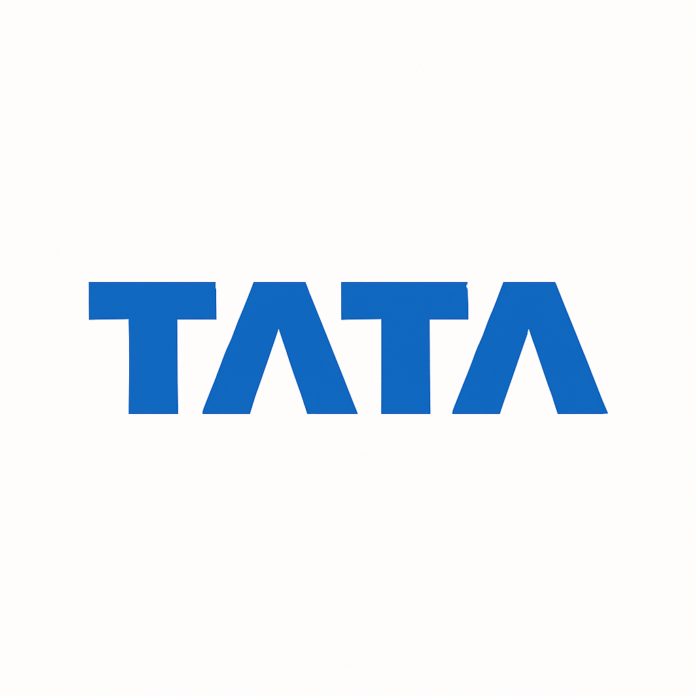Lead
After years of a stalemate that froze one of India’s most watched corporate negotiations, reports that Tata Group and the Shapoorji Pallonji (SP) family have restarted exit discussions mark a potentially pivotal moment for both parties. The renewed talks — whether they end in a sale, a new shareholder arrangement or yet another pause — will reshape stakes in iconic firms, affect investor sentiment and test India’s corporate-control dynamics.
Background: the long, complicated relationship
The relationship between Tata Group — a sprawling conglomerate with interests spanning steel, cars, IT, chemicals, hospitality and more — and the Shapoorji Pallonji family has roots in both deep business ties and complex shareholding histories. For decades, SP held a minority but symbolically important stake in Tata Sons, the holding company that controls the Tata empire. Over the past several years, discussions around SP’s exit or restructuring of its shareholding in Tata Sons have surfaced intermittently, often running into valuation gaps, governance concerns, and broader strategic considerations.
Several features made these talks unusually hard to close: the strategic value of a stake in Tata Sons; disagreements over valuation methodology (control premium vs minority stake assessment); family governance and pride; regulatory and procedural complexities in transferring shares tied to a holding company; and the emotional and historical weight of the companies involved. Those obstacles explain why multiple rounds of talks in prior years stalled, sometimes for long stretches.
Why talks have resumed now — converging motivations
When previously frozen negotiations begin again, it usually means that incentives on at least one side have shifted. Several plausible drivers could explain why Tata and SP are back at the table:
- Liquidity and portfolio priorities for SP: The SP family runs a diversified construction and real-estate business that often needs capital for new projects, debt reduction or strategic investments. A partial or full sale of their Tata stake would unlock substantial capital, which may be increasingly desirable if construction sector cycles or credit costs change.
- Consolidation and clarity for Tata: For Tata Sons, resolving non-strategic minority holdings — or clarifying the identity of its shareholders — can simplify governance, reduce potential conflicts and help execution of long-term strategy. Tata may see benefits in an exit that removes a long-standing shareholder complication.
- Market conditions and valuations: If market valuations of the Tata group or of comparable assets have moved, both sides might now perceive a narrower gap between their valuation expectations. Macro conditions, currency moves, or sectoral re-rating can suddenly make deals that previously looked unaffordable or unattractive appear viable.
- Succession and family dynamics: Changes or pressures within the SP family — generational transition, estate planning, or intra-family consensus — may make a negotiated exit more probable. Similarly, shifts inside Tata’s leadership or strategy may make management more willing to engage in a settlement.
- Regulatory and tax clarity: If legal or regulatory frameworks affecting large share transfers have become clearer or more favorable, that reduces execution risk and can grease the wheels for negotiations.
What each side likely wants
From a strategic standpoint, the parties’ objectives are predictable but nuanced.
- Shapoorji Pallonji’s likely priorities: Maximize value realization, retain some legacy association or goodwill with Tata, repel any reputational or governance concerns, and ensure tax-efficient and discreet execution. SP may prefer a staged exit (sell a part first) or structured deal terms — such as put/call options or earn-outs — to preserve upside.
- Tata Sons’ likely priorities: Maintain control and stability, avoid any transfer that introduces a potentially activist or hostile block, and preserve the Tata brand’s continuity. Tata may prefer buying the stake itself or bringing in a friendly financial partner rather than an unrelated strategic investor.
Deal structures that make sense
Several deal structures commonly emerge in such scenarios:
- Direct buyout by Tata Sons or a Tata affiliate: Tata could purchase SP’s stake, which provides immediate control and closes the chapter cleanly, though it requires huge capital. Tata might finance via internal cash, borrowing, or issuing securities.
- Sale to a private equity investor or consortium: The SP family could sell to a financial buyer, possibly with governance protections to reassure Tata. This can fetch a strong price but could raise Tata’s concerns about introducing a new shareholder with distinct interests.
- Staggered sale / structured exit: A phased sale with lock-ins, earn-outs or put/call arrangements can bridge valuation gaps and share risk.
- Share swap or minority recapitalization: Less common but possible — SP could be offered different assets or a restructured position that meets their liquidity needs while preserving a Tata connection.
Each structure carries tradeoffs on speed, price, control and optics.
Market and investor implications
A restart of exit talks has immediate and longer-term implications:
- Short term: Markets often respond to headlines about high-profile shareholder exits with volatility — Tata’s listed companies could see stock movements driven by perceived corporate clarity or takeover concerns. Investor sentiment may improve if the resolution reduces long-standing uncertainty around shareholder composition.
- Long term: A clean resolution clarifies the capital and control structure for Tata, allowing leadership to focus on growth, inorganic expansion, or leveraging the Tata brand globally. For SP, monetizing a legacy holding could fund new ventures or deleverage operations, changing competitive dynamics in construction and infrastructure.
- Signal to Indian corporate governance: How this negotiation concludes will be closely watched as a barometer of India’s maturity in resolving complex family-conglomerate shareholding puzzles. A transparent, legally and regulatorily clean outcome could set a precedent.
Regulatory, tax and governance hurdles
Even when both parties agree in principle, several practical hurdles typically arise:
- Regulatory approvals: Transfers of significant holdings in holding companies can attract scrutiny from market regulators and competition authorities if the change affects control or market concentration.
- Tax implications: Capital gains, stamp duties, and cross-border tax considerations (if foreign buyers are involved) materially affect deal economics.
- Shareholder and family consent mechanics: If shares have restrictions or articles stipulate transfer approvals, securing consents can be procedural bottlenecks.
- Valuation disputes: Aligning on valuation methodology — whether to treat the stake as a minority holding with limited control rights or as a de facto strategic block — often becomes the central sticking point.
Potential roadblocks and risks
Restarted negotiations don’t guarantee closure: valuation gaps can re-open, a third party might intervene with a competing bid, or regulatory delays could derail timing. Reputation risk is also non-trivial: public haggling at odds with the long history of mutual association can inject friction into business relationships. For Tata, buying out SP may be cash-intensive, and for SP, a low-priced exit could be politically and emotionally unpopular within the family.
Scenarios to watch
- Quick purchase by Tata: If Tata chooses to buy the stake outright, expect definitive announcements about funding sources and possible minority restructuring. This would likely stabilize markets and be framed as consolidation.
- Sale to financial investor: This could fetch higher price but would draw scrutiny about the investor’s intentions and possible demands on Tata’s management.
- Phased deal with governance protections: A compromise where SP sells part now and the rest later — or sells with covenants limiting new shareholder activism — is a realistic middle path.
- No deal / renewed stalemate: If conditions aren’t ripe, talks may pause again, and headlines will revert to the “stalemate” narrative.
Broader strategic and symbolic significance
Beyond the immediate financial and governance outcomes, this negotiation is symbolically potent. Tata is an institution in Indian industry; SP is a legacy builder with deep roots. How they resolve this matter will be read as a measure of India’s corporate evolution — whether old family linkages and modern governance can be reconciled seamlessly, and how large conglomerates manage legacy shareholders in a globalizing capital market.



